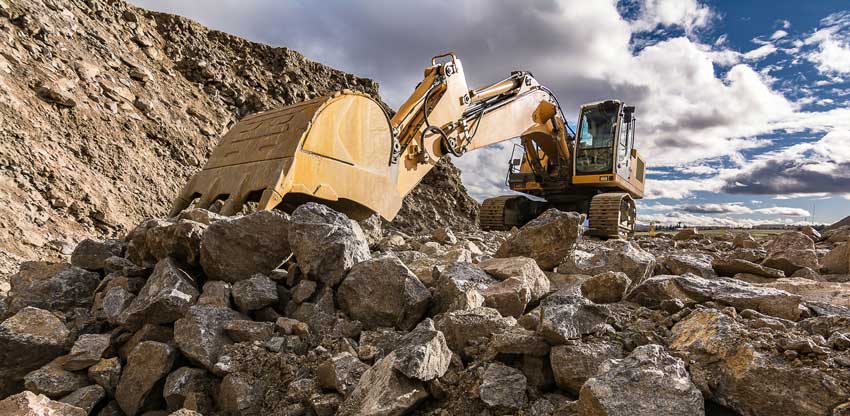
Finding a considerable amount of rock on a construction site is no one’s idea of a great time. It’s made more problematic when that discovery is made after the excavation process or the build has already begun.
The reasons for this are manifold. Among the highlights: it may extend the completion date for the structure, and it could necessitate more or different equipment than what a builder or excavator has already lined up. Essentially, it boils down to the potential requirement of more resources: more time, more money, more equipment, more personnel, more effort.
The good news is that well-trained, well-equipped, experienced excavators — such as those at Little’s Excavating – will be prepared to handle what may seem a massive curveball, and aim to mitigate the additional stress it may cause.
To quote the venerable Benjamin Franklin, an ounce of prevention is worth a pound of cure — somewhat fitting here because finding unexpected rock could be many, many, many pounds’ worth of frustration.
Digging deeper, the reason why this saying applies — what “prevention” has to do with something quite clearly caused by Mother Nature — is that there are ways to predict how much rock removal work you’ll be dealing with in a construction or excavation project before discovering it lurking below the surface.
One of the industry standards is a boring log – “boring” in this sense as a verb and not an adjective.
As part of this process, geotechnical engineers drill holes into the ground around the construction site. They’ll indicate what waits below the ground – what type of dirt or soil, water, or, yes, rock — and what kind of rock.
And, how deep each of these elements may go is also revealed.
Completion of a boring log before beginning excavation is a little extra work and expense up front — but can help avert unexpected drama later. It’s up to builders to determine the cost-benefit analysis for that one, but we at Little’s Excavating stand ready to help the process along, either way.
